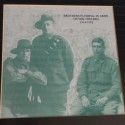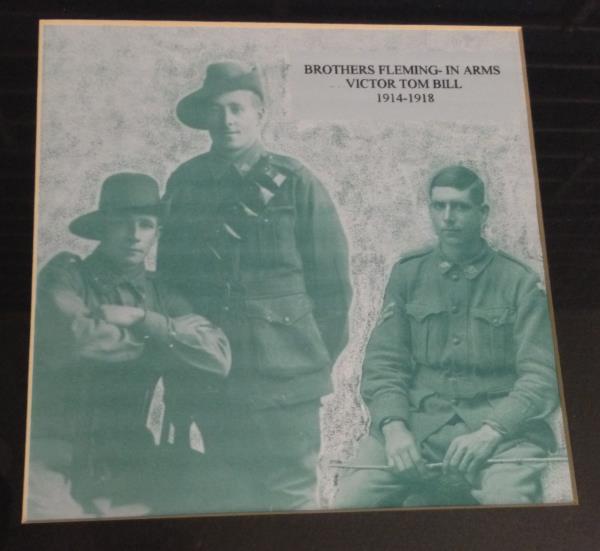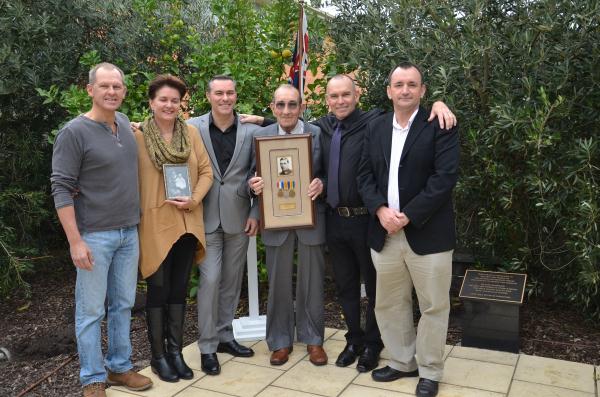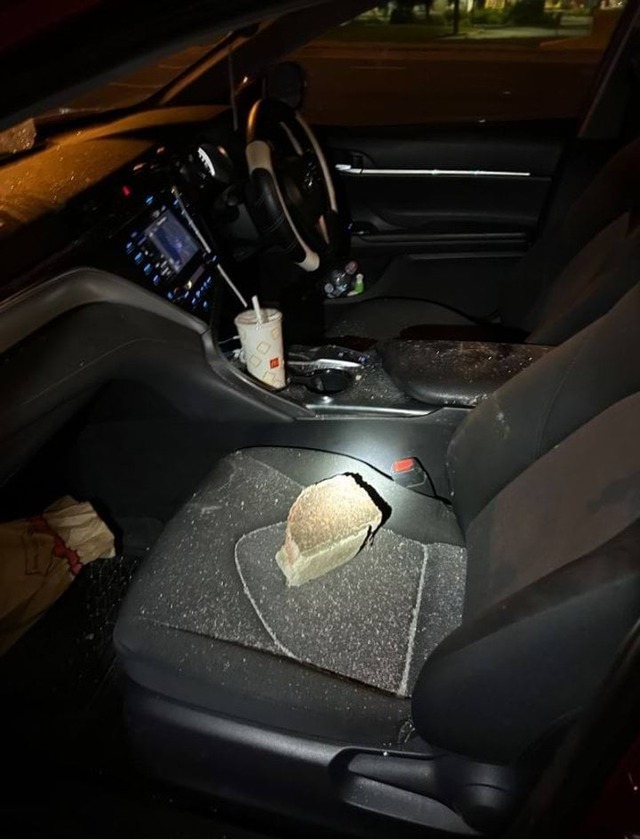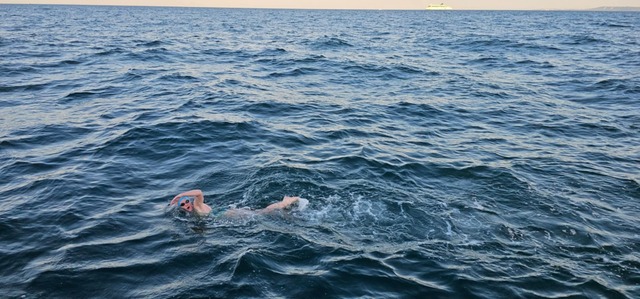
By CASEY NEILL
THREE Fleming brothers left Springvale for the foreign battlefields of World War I.
Unlike many who fought during the Great War, William Henry, Victor Lawrence and Thomas Stanley all returned home and in 1920 founded the Springvale RSL sub-branch.
They started with 50 members and initially held meetings at the Fleming family home.
The RSL is now in Osborne Avenue, includes the Fleming Lounge, and in May last year welcomed back Bill.
His cremated remains and those of his wife Ethel had been interred at Springvale Botanical Cemetery.
When the tenure expired, their grandson Phil Cuthbert contacted the RSL, which jumped at the chance for a garden memorial honouring its first president.
“I thought it would be nice for the family, but it turned out to be really important for the RSL as well,” he said.
“To them it was a real piece of history to have a founding member buried on their grounds.”
Bill’s son Doug hopes to find Vic and Tom’s remains to reunite the trio.
Bill was a gardener when he embarked with the 8th Battalion aboard HMAT A24 Benalla in Melbourne in October 1914.
His age is listed at 30 on embarkation rolls but his 3 February 1898 birthdate puts him at just 16.
Casualty records show he was admitted to hospital with a severe gunshot wound to his chest on 15 November 1916.
On 23 January 1917, shrapnel wounds to his chest again sent him hospital and he also received medical attention on 10 and 18 January 1918 for gas poisoning.
He returned to Australia on 15 April 1918 and had five children with Ethel.
Doug said his father rarely spoke about the war.
“He told us a little bit about Gallipoli. He got wounded in France,” he said.
“He was the 8th Battalion. They lost a lot of their people when they first went there.
“He was one of the lucky ones there, but he copped it in France.
“He had a scar right down the middle of his chest.”
Vic was an 18-year-old gardener when he embarked from Melbourne aboard the HMAT Vestalia with the 8th Light Horse Regiment on 18 January 1916.
He returned to Australia on 2 January 1919.
Vic married Nellie and moved to Osborne Avenue, Springvale, to work as a market gardener and raise four children.
He became well-known in the town and served on the school and scout committees.
During WWII Vic worked at Caulfield Repatriation Hospital as an orderly, later transferring to the garden staff.
He transferred to the Heidelberg Repatriation Hospital when Caulfield closed.
In retirement he raised funds for armed forces personnel and was made a Springvale Football Club life member.
Tom signed up as a driver and embarked with the Field Artillery Brigade aboard HMAT Ascanius A11 on 11 May 1917.
After the war he helped to form the Springvale Fire Brigade where he served as captain for several years.
He and wife Constance had four children.

